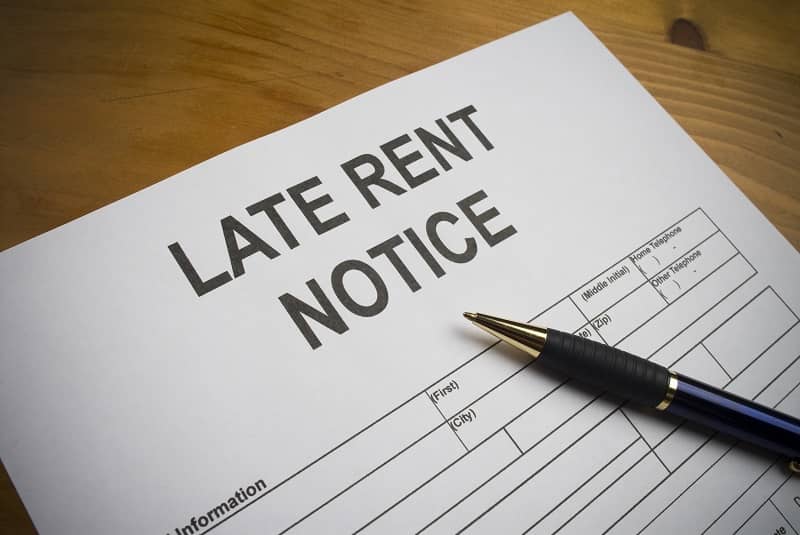Governor Kulongoski has a plan to save Oregon’s sorry economy: raid the Unemployment Insurance Trust Fund of a total of $90 million. Forty million dollars would further extend unemployment benefits “for 11,000 unemployed Oregonians who face the loss of benefits in that time period, provided no additional benefits are made available by the federal government.”[i] He would use the other $50 million to pay thousands of Oregonians to work at unknown community projects or to go into training programs. His plan (House Bill 3500) aims to create 7,100 jobs for individuals who are receiving unemployment insurance (UI) benefits, paying between $8.40 and $10 per hour (which is more than average benefits) and providing transportation and childcare for up to 2,500 low-income individuals in the program. Each participant in the job creation program could get an additional $2 per hour placed into an Individual Education Account if participants jump through a few hoops.
While this expensive feel-good project is slightly more thoughtful than some previous “stimulus” legislation and other UI extensions passed in Oregon earlier this year, it is, nonetheless misguided. The program will not help Oregon’s astronomical unemployment rate (topping 12%, the second highest in the nation, after Michigan). Instead, it will cost employers, and ultimately employees, in addition to Oregon as a whole.
The plan would bleed the UI Trust Fund of another $90 million in a matter of months. While the fund is currently at a hefty $1.5 billion, employers will still pay for the $90 million with inflated payroll tax rates because the UI Trust Fund is fashioned to maintain a certain girth. Oregon’s UI Trust Fund is on an automatic schedule, set by statute, to increase or decrease enough to keep the fund large enough to pay benefits for 18 months at levels of high unemployment.
Employers may write the check for payroll taxes, but typically it is the worker who pays by taking home lower wages.[ii] Taxing wages lowers the demand for work. In some cases, that may mean employers cannot afford to pay for more help. But typically, employees pay through lower wages because the supply of work responds much less to a slight decrease in pay.[iii] This trend has been confirmed repeatedly.
In other words, the higher the payroll tax, the more that an employee loses in wages (except to the extent that an employer’s payroll tax rate is higher than other employers in his industry because of his higher rate of layoffs). Accordingly, when the state increases or expands UI coverage, ultimately workers foot the bill.
Likewise, expanded UI coverage has bad overall effects on the state, too. Increasing unemployment benefits (either the duration or the size of payments) consistently leads to longer terms of unemployment because they discourage workers from conducting a higher intensity job search. Unemployed workers who receive benefits take more than twice the time to find a job than those who are not eligible to receive benefits.[iv] Since this bill increases the duration of benefits for thousands of workers, and it increases the size of benefits for many by creating jobs that presumably will pay more than ordinary UI benefits, it will further delay many workers’ reentry into the market and their leaving the government dole. If employees would search harder, employers could fill positions faster and total unemployment would shrink, causing national productivity and wealth for everyone (including workers) to increase. While unemployment still would remain higher than usual because of the recession, economists have demonstrated time and time again that generous UI increases unemployment in times of recession.
Nor can Kulongoski’s HB 3500 hide behind the guise of stimulus. Contrary to rumors, UI provides little stimulus to the economy.
[v]
It increases consumption, but it also increases unemployment and decreases private investment. Spending money to sustain a person who is not working is not an investment in economic growth. In fact, for every dollar that the federal government spends on UI, GDP expands only around 25 cents.
[vi]
Likewise, spending more in Oregon on UI benefits is a poor use of limited resources. There are many other ways to stimulate the economy that would give a considerably higher return.
The best aspects of the bill can be better applied elsewhere. For example, Oregon should resuscitate its JOBS Plus program which put UI workers back to work, at a subsidized rate for employers who agreed to train workers with valuable skills, approved of by the proper government entities. JOBS Plus was very successful at teaching workers skills, helping them find long-term employment, and helping many people out of poverty. Likewise, the JOBS Plus jobs met a real need in the market.
The real monetary value of the community project jobs that Kulongoski wants to create cannot be known, at this point. But the plan, however well-intentioned, is misguided. Increasing benefits’ duration and pay will ultimately increase unemployment and the burden on businesses throughout the state. In the meantime, our Governor assures us that the jobs would be needed and valuable. But basic reason shows that many of these jobs likely will not even be worth minimum wage, because the work would be free for the organizations purchasing it. Perhaps the unemployed will find themselves digging holes and refilling them, the sort of useless thing that only a government would buy.
[i] Press Release from the Governor’s Office, Governor Introduces Emergency Jobs & Training Legislation for Unemployed Oregonians, June 11, 2009.
[ii] Patricia Anderson & Bruce D. Meyer, The Effects of Firm Specific Taxes and Government Mandates with an Application to the U.S. Unemployment Insurance Program, 65 Journal of Public Economics (1997) (also see this article’s citations for earlier research on the subject); Jonathan Gruber, 15 The Incidence of Payroll Taxation: Evidence from Chile S72-S101, Journal of Labor Economics (July 1997).
[iii] “In general, a tax on wages lowers the demand for labor. The burden of the tax is divided between workers and employers based on a formula that involves the elasticities of labor supply and demand. The demand for labor is very elastic, meaning that it responds strongly to small changes in wage rates. The supply of labor is relatively inelastic, meaning that a change in the wage rate creates only a very small change in labor supply. In these circumstances, a tax on labor will be mostly borne by workers. This has been confirmed specifically for the UI tax; the average amount of the tax is fully passed on to workers in the form of lower wages. However, the variation in employer tax rates caused by different employers having different experience ratings is not passed on.” William B. Conerly, Getting Back to Work: Reforming Unemployment Insurance to Increase Employment, Goldwater Institute Policy Report 6, (Jan. 26, 2004), citing Patricia Anderson & Bruce D. Meyer, Unemployment Insurance Taxes and the Cyclical and Seasonal Properties of Unemployment, 53 Journal of Public Economics 1-29, no.1 (1994).
[iv] Mark Gritz & Thomas MaCurdy, Measuring the Influence of Unemployment Insurance on Unemployment Experiences, Journal of Business and Economic Statistics (April 1997).
[v] Alan J. Auerbach & Daniel Feenberg, The Significance of Federal Taxes as Automatic Stabilizers, 14 Journal of Economic Perspectives 37-56, American Economic Association (2000); Kyung Won Lee & James R. Schmidt, 13 Unemployment Insurance and State Economic Activity, International Economic Journal 77-95 (Autumn 1999) available at http://www.iejournal.com/99fall/a7.pdf (“There appears to be no effective role served by state level UI benefits and contributions in providing stimulus or braking influences beyond the dollar for dollar correspondence of UI benefits and income that is guaranteed in the personal income accounts.”); George M. Von Furstenberg, Stabilization Characteristics of Unemployment Insurance, Industrial and Labor Relations Review 363-76, Cornell University (April 1976).
[vi] James Sherk, Extended Unemployment Insurance – No Economic Stimulus, The Heritage Foundation, http://www.heritage.org/research/economy/cda08-13.cfm#_ftnref13 (Nov. 18, 2008).











